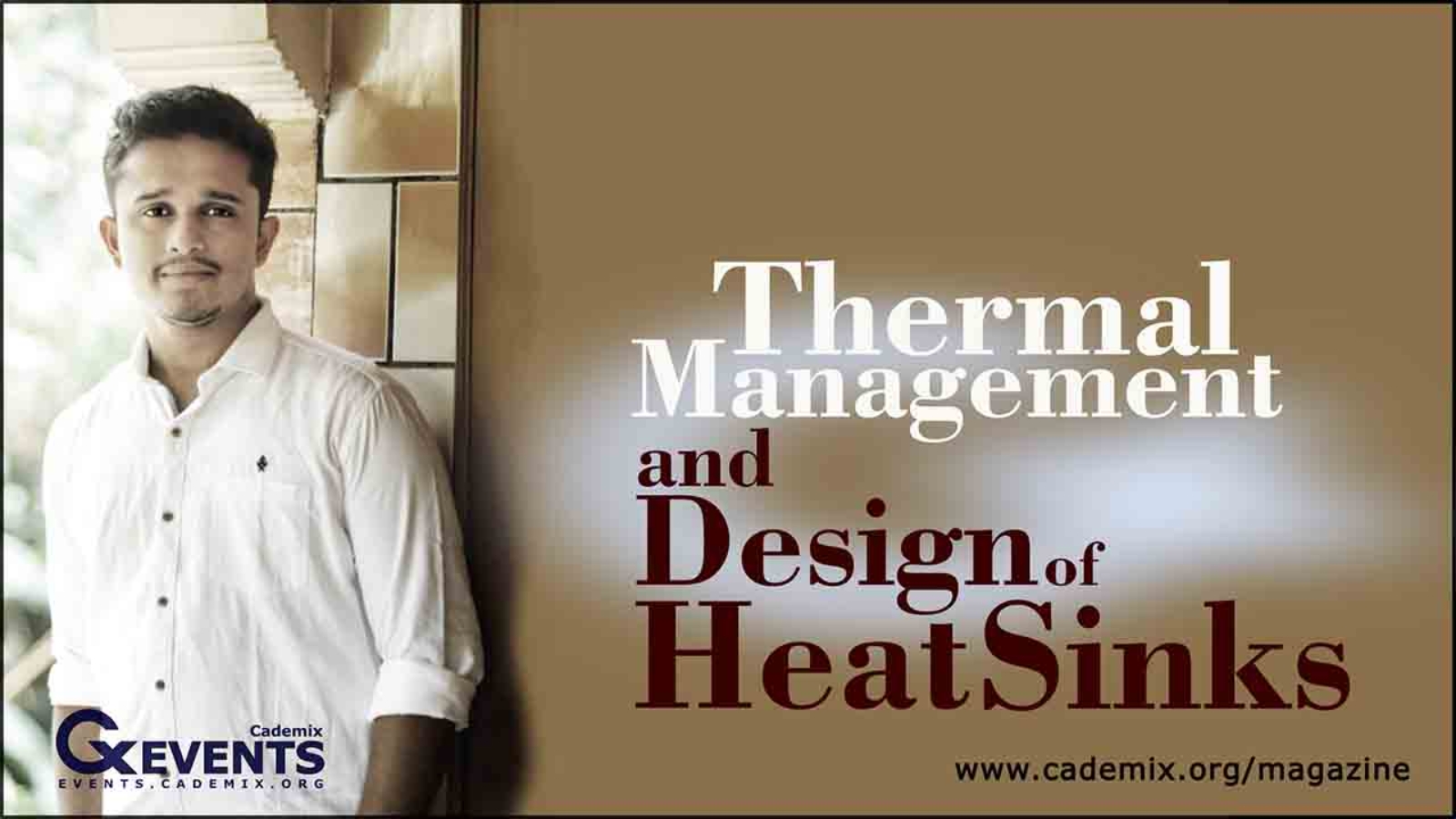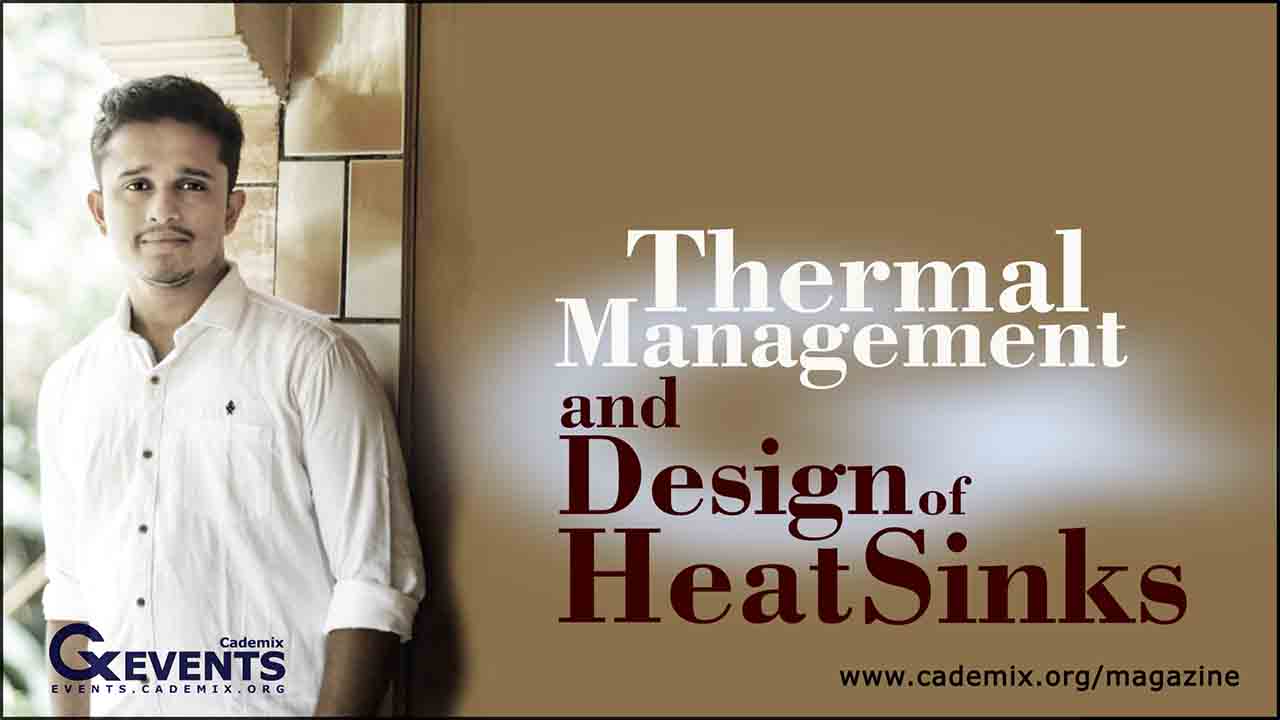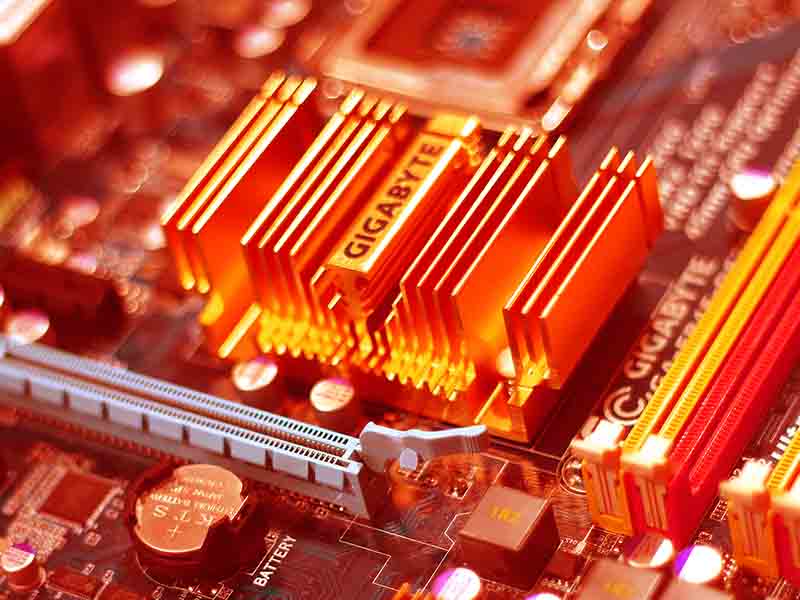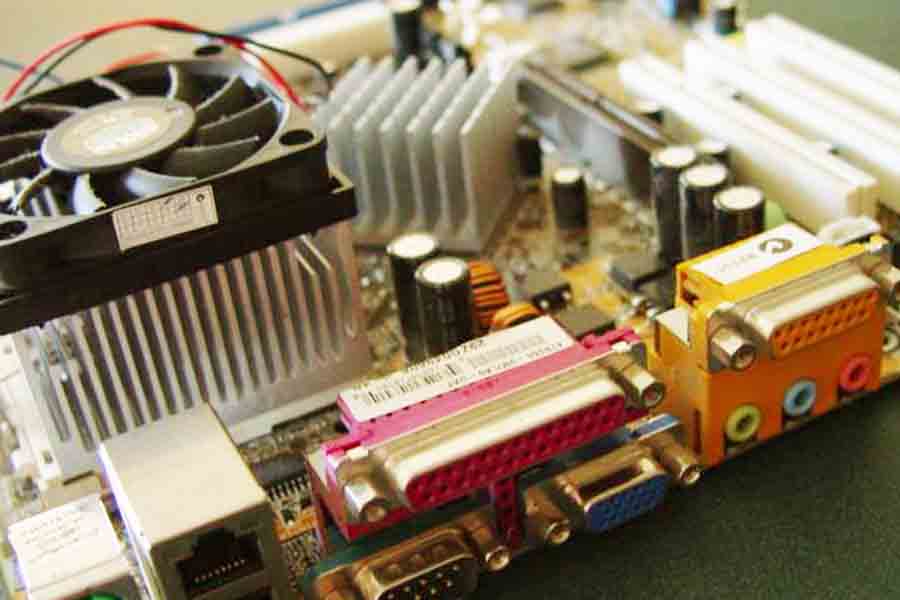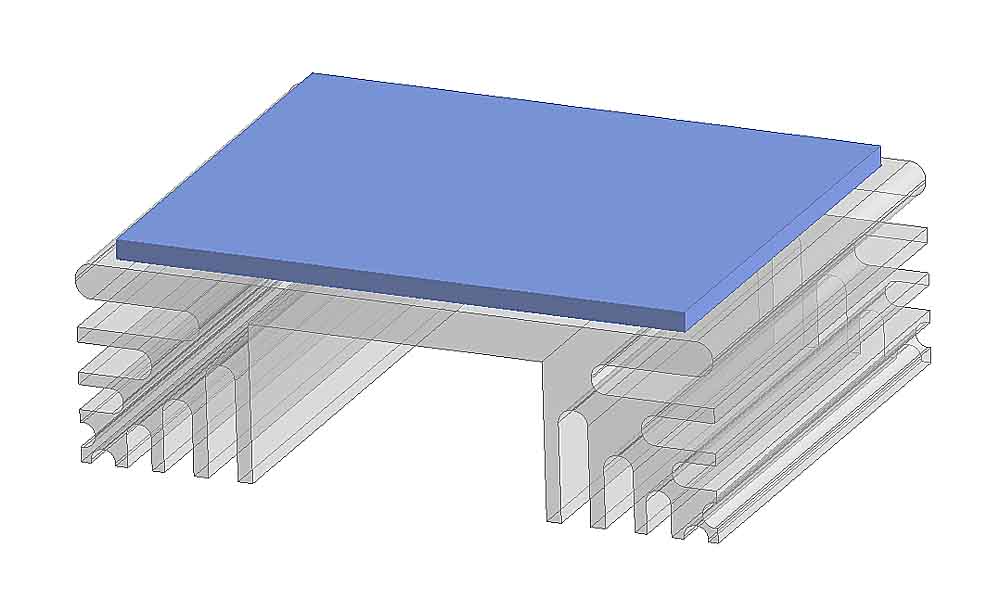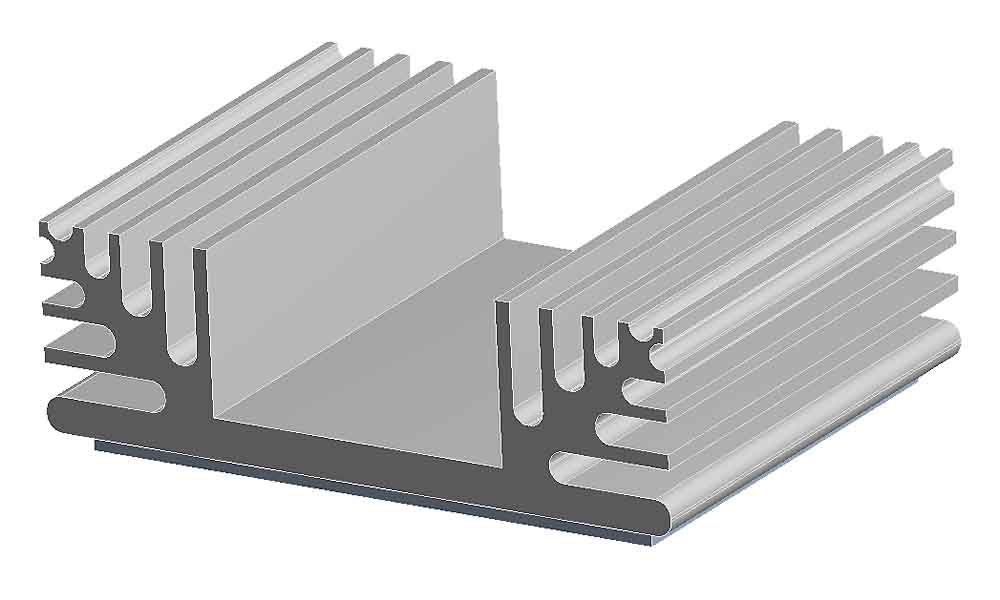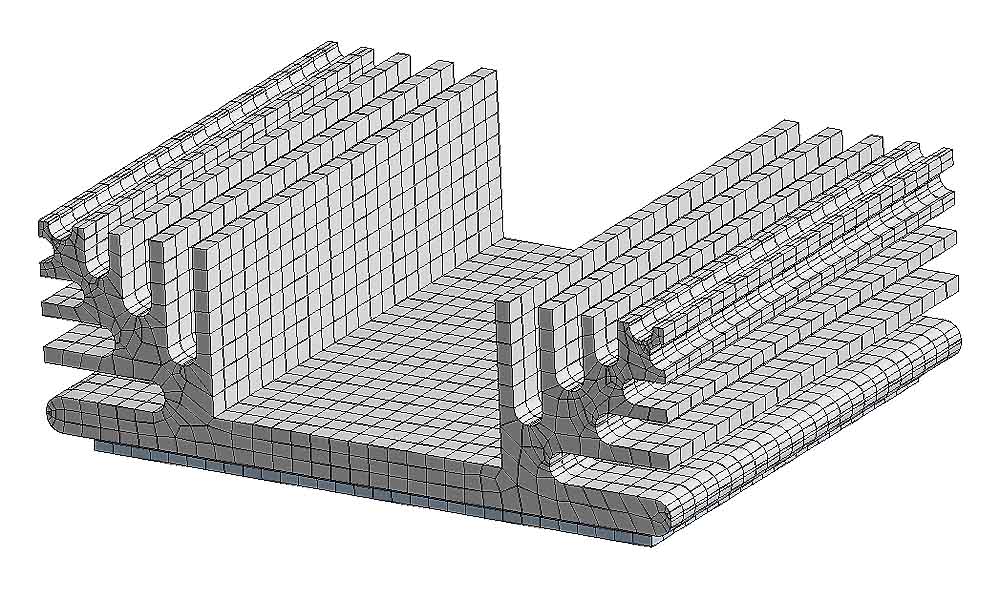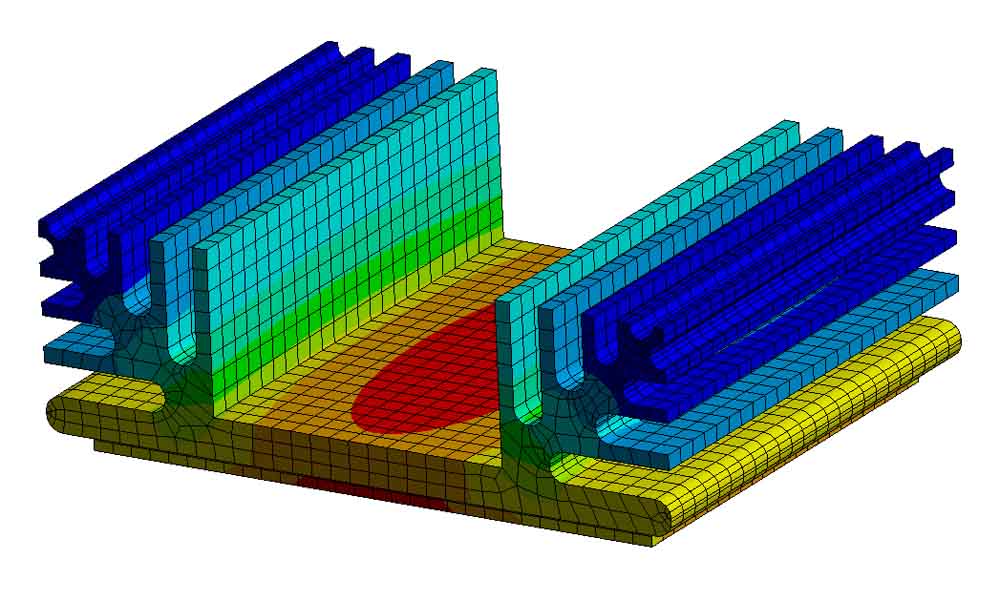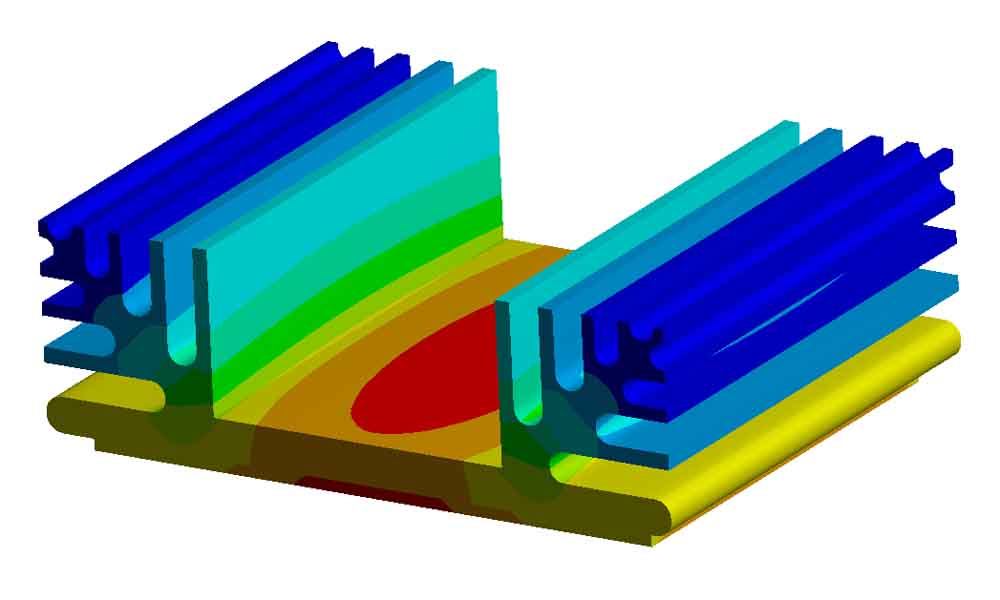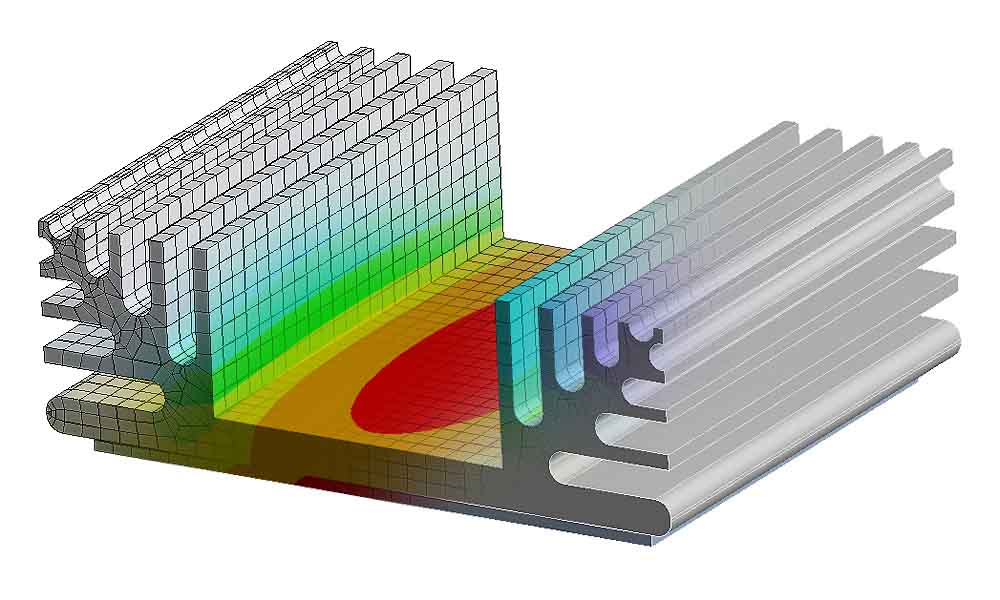People also visited:
Self-Care Tips for Professionals: Maintaining Eye Health with Regular Eye Check Ups
Investing in Agriculture: Exploring the FarmTogether Platform
Optimizing Efficiency in High-Voltage Power Transmission for Renewable Energy Integration
Innovative Marketing Strategies for Event Managers
Maximizing Productivity in Hybrid Work Environments
Redefining the New German Experts: From Lifelong Specialization to Cross-Functional Skills
Legal Careers in Europe: Opportunities for International Lawyers
GPT-4 for Employers: Enhancing Talent Acquisition and Management
Colored Eye Contacts: A Fun Guide for Kids to Understand and Use Safely
The Role of Creativity in Event Planning: Think Outside the Box
Prescription Safety Glasses: Ensuring Protection and Clear Vision
Optometrist Looking for Work: A Comprehensive Job Search Guide
The Death of Fact-Checking? How Major Platforms are Redefining Truth in the Digital Age
Prescription Glasses: From Eye Examination to Stylish Eyewear
The Role of Safety Standards in Electrical Plant Construction Project Planning: 2024 Update
Prescription Contacts: Choosing the Best Options in Europe
Innovation in Architecture Offices: Enhancing Creativity Through Technology and Environment
Influencers Life and Public Perception
Tailored Continuing Education: Challenges in Transitioning PhD Candidates to Sustainable Careers
Revolutionizing Logo Design: The Creative Power of AI
Indeed Optometrist: Finding Optometrist Jobs on Indeed
Integrating Accessibility into UX Design
The factors in the design process of a tiny house habitable and portable
Skalierbarkeit von SEO-Strategien in Online-Plattformen
People also visited:
Designing an Exhibition Stand - The basic Ideas
Finding the Best Vision Centers Near Me: A Critical Review
Acuvue Oasys: The Ultimate Guide to Comfort and Clarity
Mastering the Art of Following-Up Job Applications
How Public Perceives Multidisciplinary Experts: Insights from Psychology and the Halo Effect
Astigmatism Contacts: Understanding the Science and Technology Behind Vision Correction
Post-Event Evaluation: Why It Matters and How to Do It Right
Applications of Heterogeneous Catalysis in Industry
Influencers Life and Public Perception
Real Estate Valuation: An Analysis of Key Terms, Types, and Approaches
Importance of SMEs role in EU Funding policy
From Photonic Crystals to PICs: Educational Insights into Lumerical and Synopsys Simulation Tools fo...
Eye Doctor Urgent Care: Comprehensive Guide to Emergency Eye Care Services
Comprehensive Guide to Resume Template Download: How to Find, Download, and Customize for Job Applic...
Rethinking Doctoral Training: Gaps and Challenges in Achieving Long-Term Career Sustainability
Navigating Digital Age Customer Expectations and Response Times
Skalierbarkeit von SEO-Strategien in Online-Plattformen
Comprehensive Guide to Curriculum Vitae Format PDF: How to Create, Customize, and Use Professional C...
Understanding Cademix's Author Privacy Policy : A Simple Explanation
Configuration and Components of Photovoltaic Systems: A Comprehensive Guide
OptiFree PureMoist: Enhancing Contact Lens Comfort and Hygiene
The Overemphasis on Ethical Considerations in AI Development
Navigating the Evolving Job Market in Central Europe: Insights on Domesticity, Regulation, and High-...
Cademix introduces a new career autopilot system for jobseekers, graduates and students

